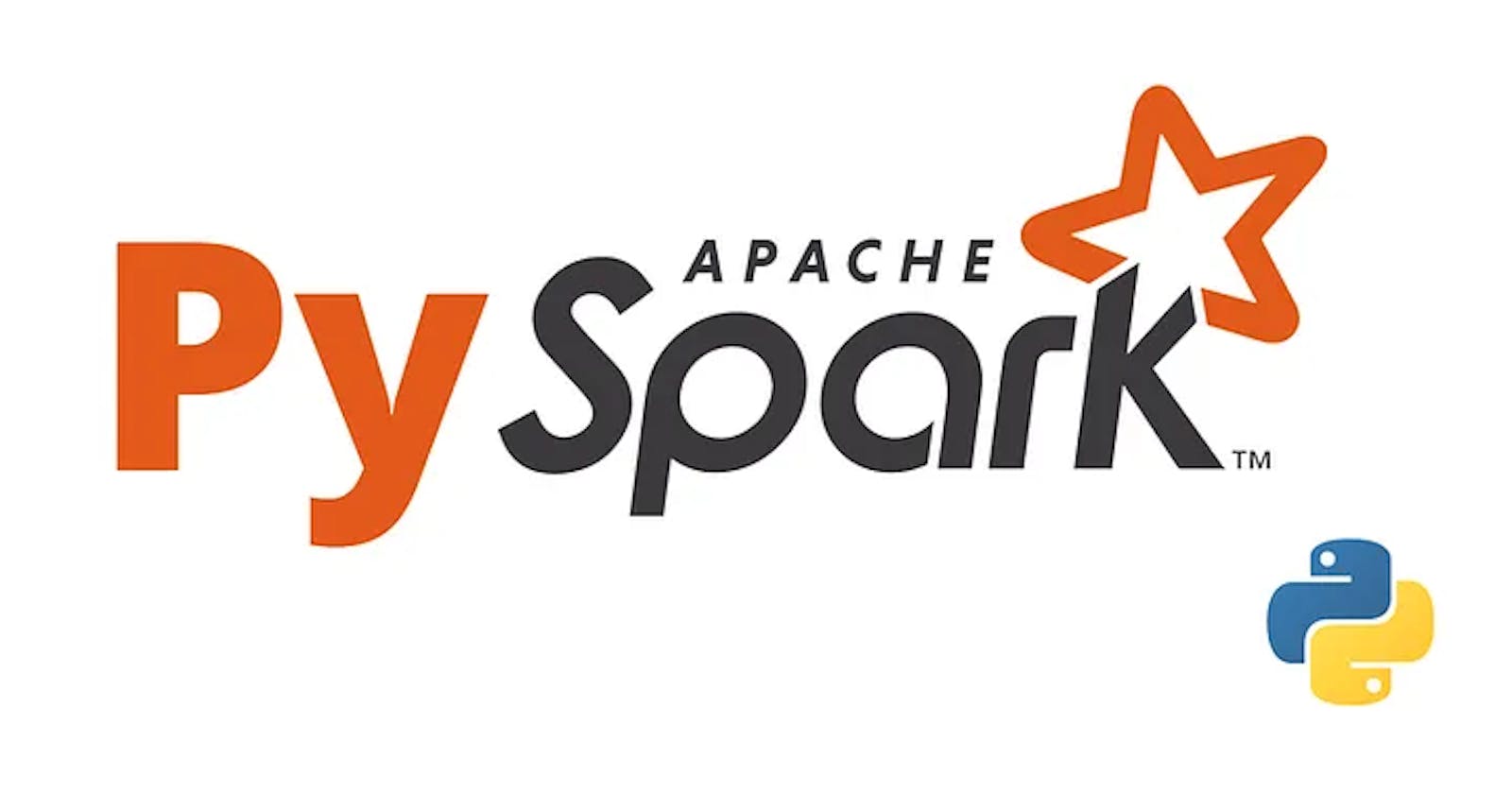Introduction:
GitHub Archive provides a wealth of data capturing various activities on the GitHub platform, such as repository creation, issues opened, and pull requests made. In this blog post, we'll explore how to use PySpark, a powerful analytics engine for big data processing, to analyze GitHub Archive data. We'll walk through the process of setting up a PySpark environment, fetching data from the GitHub Archive, transforming it, and storing the results for further analysis. It's worth noting that for demonstration purposes, we'll be using the local filesystem instead of HDFS.
Setting up the Environment:
Before diving into the code, ensure you have PySpark installed. You can set up a PySpark environment locally or on a cluster, depending on your requirements. Additionally, make sure to install the dotenv Python package to manage environment variables conveniently in a .env file.
python3 install pyspark dotenv
Downloading the data
To prepare for our analysis, we need to set up directories for storing input and output data. We achieve this using the following Bash commands:
# Setting up directories for input and output data
mkdir -p github-data/input github-data/output
# Fetching data from GitHub Archive using Bash
for i in {0..10}
do
wget https://data.gharchive.org/2024-01-01-$i.json.gz -P github-data/input/
done
In these commands, we create directories named github-data/input and github-data/output using mkdir -p to ensure that they are created recursively if they don't already exist. We then use a loop to download data from GitHub Archive for the date range "2024-01-01" to "2024-01-11". Each file is fetched using wget and saved into the github-data/input/ directory. This setup provides us with the necessary data to proceed with our analysis.
Processing Data with PySpark:
In the Python code, we first import SparkSession and date functions. We then initialize a SparkSession which serves as the entry point to PySpark, with the master defined by the environment we are working in (development or production).
from pyspark.sql import SparkSession
from pyspark.sql.functions import year, month, dayofmonth
import os
from dotenv import load_dotenv
load_dotenv()
def get_spark():
if os.environ.get("ENV") == "dev":
master = "local"
elif os.environ.get("ENV") == "prod":
master = "yarn"
spark = SparkSession.builder.master(master).appName("SparkSQL").getOrCreate()
return spark
spark = get_spark()
The read_data function loads the downloaded JSON files into a Spark DataFrame.
def read_data(data_dir, file_pattern, file_format):
return spark.read.format(file_format).load(data_dir + file_pattern)
We then add date-related columns to the DataFrame using PySpark's built-in functions.
def add_date_columns(df):
return (
df.withColumn("year", year("created_at"))
.withColumn("month", month("created_at"))
.withColumn("day", dayofmonth("created_at"))
)
Writing Processed Data:
After processing the data, we write it back to disk in the Parquet file format. Parquet is a columnar storage format optimized for analytics workloads. It also uses snappy compression by default to optimize for storage space.
def write_data(df, data_dir, file_format):
res = (
df.coalesce(16)
.write.partitionBy("year", "month", "day")
.mode("append")
.format(file_format)
.save(data_dir)
)
Running the code
if __name__ == "__main__":
cwd = os.getcwd()
input_data_dir = "file://" + cwd + "/github-data/input"
file_pattern = "2024*"
input_file_format = "json"
df = read_data(input_data_dir, file_pattern, input_file_format)
df = add_date_columns(df)
output_data_dir = "file://" + cwd + "/github-data/output"
output_file_format = "parquet"
write_data(df, output_data_dir, output_file_format)
The code segment enclosed within the if __name__ == "__main__": conditional block orchestrates the GitHub Archive data processing pipeline. Initially, it sets up the input and output data directories, utilizing the current working directory. A file pattern is specified to filter relevant files from the input directory, which are then loaded into a Spark DataFrame using the read_data() function. Subsequently, date-related columns are added to the DataFrame via the add_date_columns() function. The processed data is then written to the output directory in Parquet format, ensuring efficient storage and enabling subsequent analysis.
Conclusion:
In this blog post, we demonstrated how to leverage PySpark to load, transform, and save GitHub Archive data efficiently. By harnessing the power of PySpark's distributed processing capabilities, we can handle large-scale datasets with ease. The ability to scale seamlessly from local development environments to production clusters makes PySpark a versatile tool for data analytics tasks. With the provided code and guidance, you can start exploring GitHub Archive data and uncover valuable insights into the GitHub ecosystem. Happy analyzing!
